
我們是原獨俱樂部。政治上主張台灣原獨。運動上堅持自然主權和歷史正義。智識上強調複數方法與複數觀點。關心所有與原住民族有關的課題。我們也是文化橋樑的建構者。
Yuandu Fire Pond|From Western Europe to Central Africa, the heart of darkness in the return of cultural relics
Welcome back to the original fire pit . Last week we explored the difference in defiance through the toppling of the Columbus statue by indigenous Colombians, and today let's ponder correction and restitution through another current event.
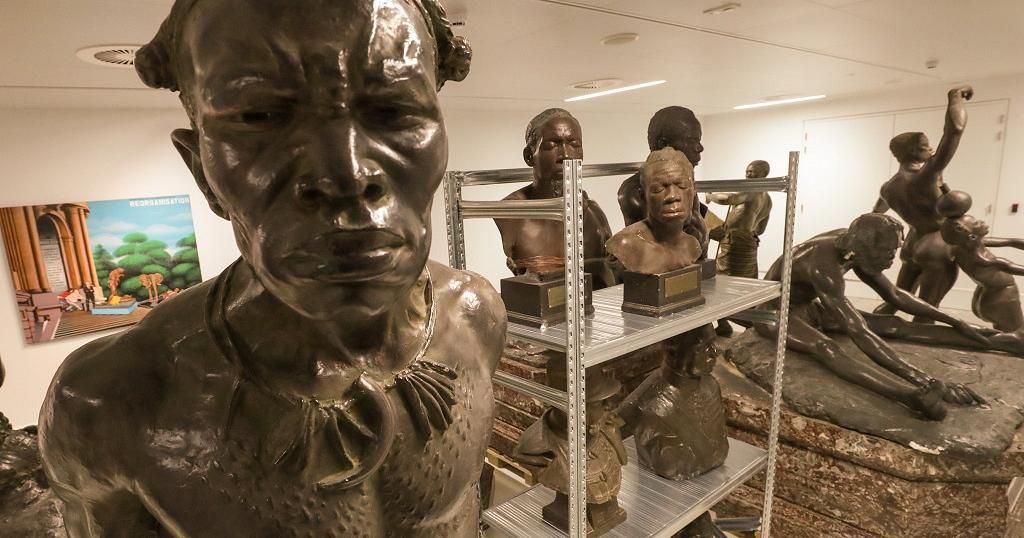
Ever heard of the Royal Museum of Central Africa ( KMMA ) in Tervuren, Belgium? This museum was founded in the colonial era (1898) and has a history of 122 years. The main building is a magnificent French palace. It houses a large collection of Central African cultural relics looted by the Belgian Congo. The museum spent tens of millions of euros renovating its premises in 2012 and reopened in 2018, attracting many visitors before the plague hit. Below are some of the museum's most popular collections, in order of Lower Congo stone sculptures, sub-Saharan bottle drums, leather and vegetable fiber masks.

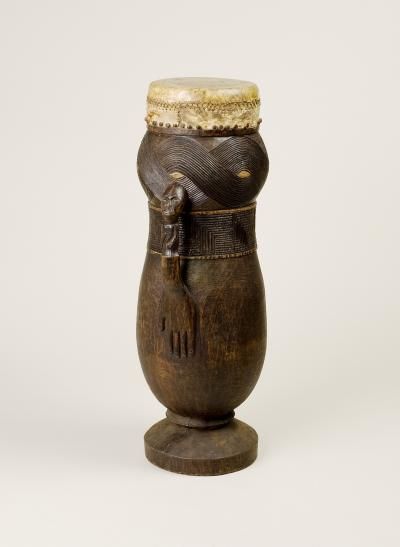
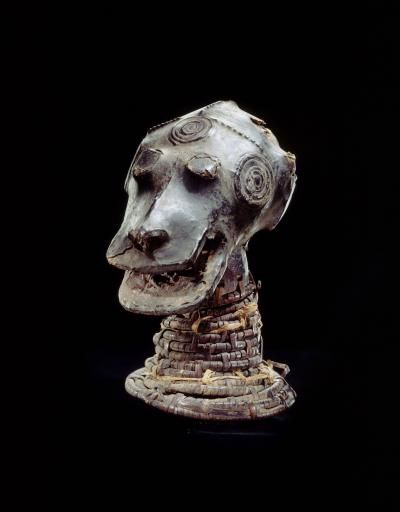
The rich collection of the Central African Museum is fascinating, but the other side of the story, as described in the novel Heart of Darkness , is a horror that can sink the mind . A large part of the collection was acquired through illegal means such as violent looting or theft in the colonial era, and now it faces the recourse of the cultural relics of the former colonies.
In the face of the cultural relics claims from the Democratic Republic of the Congo, the Central African Museum announced that it will follow the good news, that is, agree to return the cultural relics that were illegally obtained that year. The news has been widely reported in the European media over the past few weeks as a talk of reconciliation between Western Europe and formerly colonized Africa.
▼The picture shows the front of the main building of the Central African Museum. The French palace is extraordinary in style, showing the power and glory of colonialism.
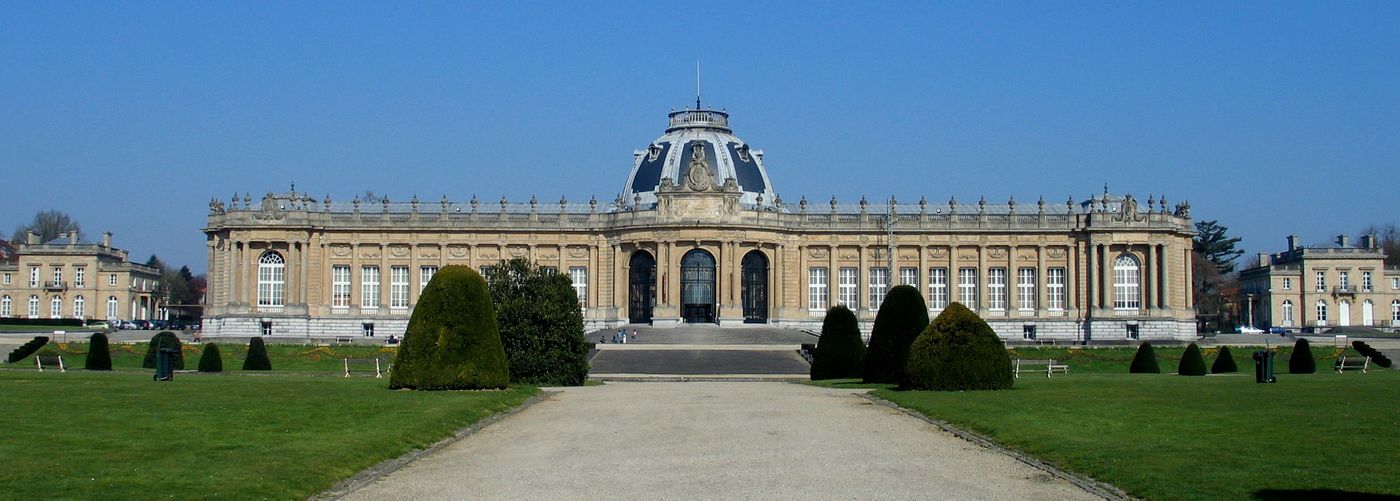
But from the Congolese's point of view, that may not necessarily be the case. Placide Mumbembele Sanger, a professor of anthropology at the University of Kinshasa in the Congo, is currently assisting the Central African Museum in identifying cultural relics of unknown origin in Trenfell. He told the media in a more subtle way that the return of the cultural relics is very simple. No need for a word of mouth. Mummombele made a metaphor: someone stole your wallet, and it is right to return it to you, but now you are asking questions, are you ready to get your wallet back? No more question at all.
What Mummombeyre didn't clearly say was: You need to worry about making up for it, don't make a big deal of it, as if you are not doing something good to fix the bad deeds in the past, and the victim should be grateful.
This point Mummbére points out can be applied to museums around the world. Sadly, none of the museums will return the cultural relics quietly, and they always have to publicize their "good deeds", and the party receiving the cultural relics may consider that the cultural relics are still in the hands of others, and it is always inconvenient to speak too harshly, so it is formed. An atmosphere that almost reverses black and white.
It is worth mentioning that the Central African Museum recently announced that they will return the "ownership" of the Congolese cultural relics, not the cultural relics themselves. Euro, the specific method may be settled through negotiation between the two parties and the museum pays the rent for the exhibition.
The museum's statement is at least a little puzzling: If all the artifacts to be returned are illegally obtained, how can the museum claim ownership? If the museum does not own the cultural relics, how can they claim to transfer the ownership but still maintain the possession?
❝ Now there's a bunch of objects going back into their natural context, that's all. I don't see how there are so many questions to ask. -Professor Mummombere❞
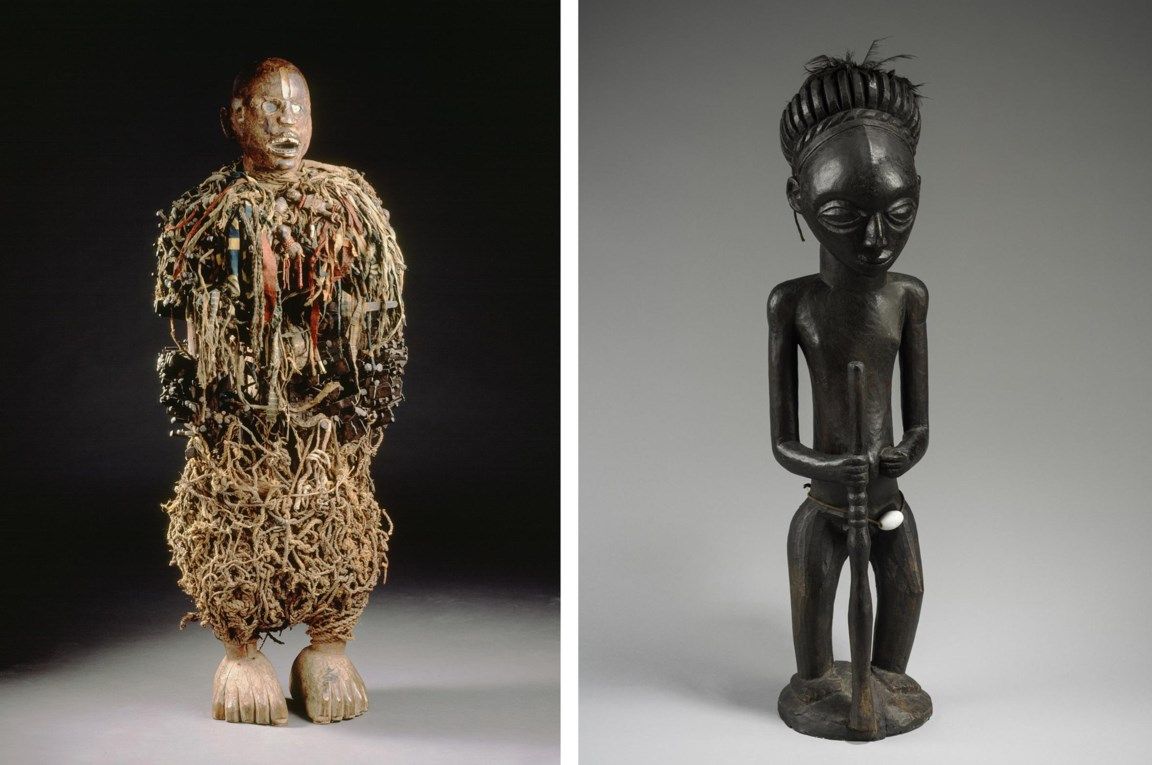
❝ Yuan Du Quotations 018 | What the government needs is not an apology, but a plea bargain. ❞
Like my work?
Don't forget to support or like, so I know you are with me..
Comment…